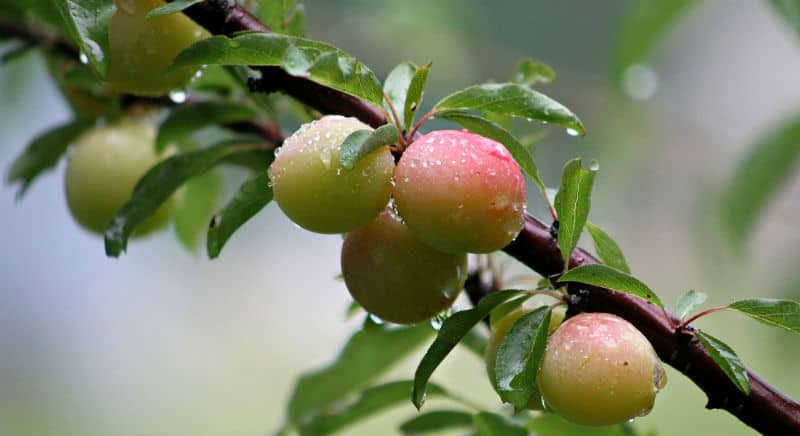

For more information read our guide to tools for pruning, and if you’re looking to update your kit, our experts have been busy testing the best pruning saws, the best secateurs and the best anvil loppers, so you can buy with confidence. These shoots starve the tree of valuable nutrients and detract from. Remove vigorous shoots, suckers, upright succulent shoots along the main branches from ornamental pear, cherry, crabapple, plum, and other trees. Whether it’s a pair of long-handled loppers, pruning saw or secateurs, using the right tool is essential for this task. Once all the pruning is completed be sure to lightly oil the pruners to prevent them rusting from the alcohol or bleach solution. Heavy pruning can also affect cropping, as fruits are produced on one- or two-year-old shoots. If your plum tree is unproductive or is only producing fruit every two years (known as biennial bearing), the cause may be lack of moisture at the roots, or a late frost affecting the flowers in spring. Each pruning cut will result in several thin shoots growing – these will need to be thinned the following summer. If you want to renovate an old, neglected plum tree, do it gradually, over several years. Also pull up any suckers that are growing from the base, and grub out any buds growing on the trunk. Pruning should be repeated every year for better results. Other branches should be pruned to around 10 inches. P rune the branches by about a third, then prune away shoots growing into the centre of the tree, plus any that are dead, damaged or crossing. During the second season of pruning, the cut should be 18 inches above a bud on the main stem.


Prune to create an open, wine glass shape. Again, the aim is to keep the tree a manageable size and shape, while allowing the fruit to ripen. Established plum trees that are more than three years old can be pruned in summer, from mid-June onwards.


 0 kommentar(er)
0 kommentar(er)
